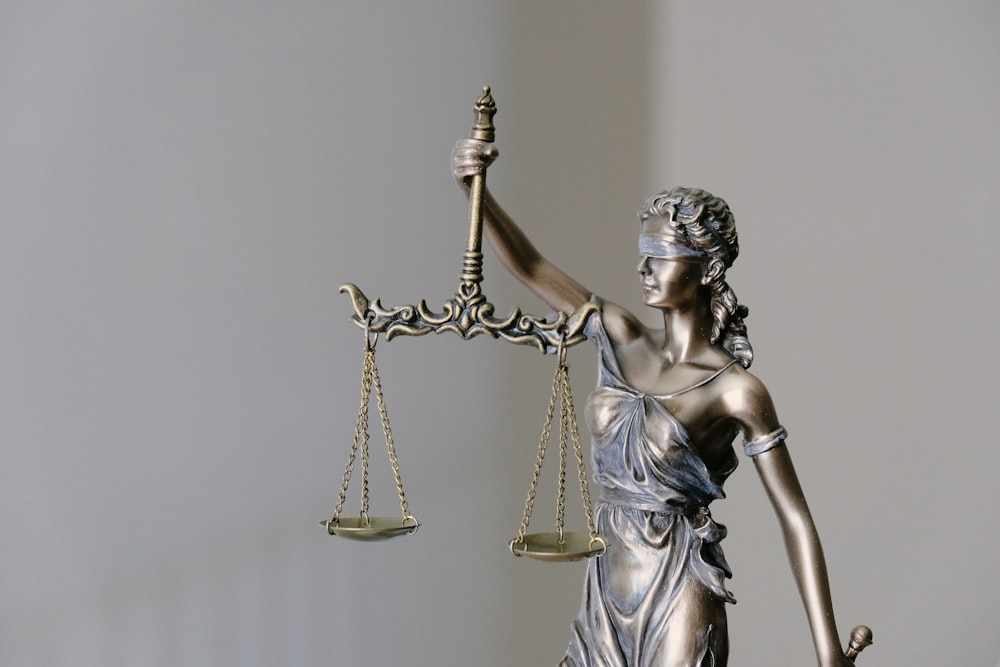Criminal Law Insights: Navigating Legal Justice
3 min read

Navigating Legal Justice:
Within the intricate tapestry of legal systems, criminal law stands as a sentinel, charged with upholding societal norms and safeguarding individuals from harm. This branch of law delves into the complexities of defining, prosecuting, and punishing offenses, weaving a narrative of justice and accountability.
Defining Criminal Offenses: A Framework of Wrongdoings:
At the core of criminal law lies the definition of offenses. These acts, deemed harmful to society, are codified into statutes that outline the elements of each crime. From theft to homicide, criminal law categorizes and specifies the prohibited conduct, establishing a framework for legal accountability.
Prosecution and Legal Proceedings: Bringing Offenders to Justice:
The pursuit of justice in criminal law involves the intricate dance of legal proceedings. Prosecutors, acting on behalf of the state, present evidence to prove the guilt of the accused. The adversarial nature of criminal trials, often featuring defense attorneys challenging the evidence, is a hallmark of this legal process.
Burden of Proof: Ensuring Accountability Beyond Reasonable Doubt:
A fundamental principle in criminal law is the presumption of innocence until proven guilty. The prosecution bears the burden of proving the defendant’s guilt beyond a reasonable doubt. This high standard reflects society’s commitment to ensuring that individuals are not wrongfully convicted of criminal offenses.
Punishment and Rehabilitation: Balancing Justice Goals:
Criminal law serves not only to punish offenders but also to rehabilitate and deter future wrongdoing. Sentencing considerations weigh factors such as the severity of the crime, the defendant’s culpability, and the need for societal protection. Striking a balance between punishment and rehabilitation is a constant challenge for legal systems.
Criminal Law and Constitutional Safeguards: Protecting Rights:
To prevent abuses of power, criminal law operates within the bounds of constitutional safeguards. Defendants enjoy a range of rights, including the right to legal representation, the right to remain silent, and protection against unreasonable searches and seizures. These safeguards ensure a fair and just legal process.
Criminal Law vs. Civil Law: Distinct Legal Realms:
Distinguishing criminal law from civil law is essential for understanding the legal landscape. Criminal law addresses offenses against the state and seeks punishment, while civil law deals with disputes between private parties and aims for compensation or restitution. This distinction reflects the diverse goals of each legal realm.
Emerging Issues: Technology and Criminal Law Challenges:
The advent of technology brings forth new challenges for criminal law. Issues like cybercrime, digital evidence, and privacy concerns stretch the boundaries of legal frameworks. Adapting criminal law to address these emerging challenges requires continuous evaluation and legislative updates.
Global Perspectives: Varied Approaches to Criminal Justice:
Criminal justice systems vary globally, reflecting cultural, historical, and political differences. While some nations prioritize rehabilitation, others lean toward punitive measures. Exploring these global perspectives enriches the dialogue on effective approaches to criminal justice.
Explore Criminal Law Further:
For an in-depth exploration into the intricacies of criminal law, visit Criminal Law. This resource provides comprehensive insights into the principles, procedures, and ongoing debates shaping the world of criminal justice. Delve into the complexities of legal justice and the evolving landscape of criminal law.






